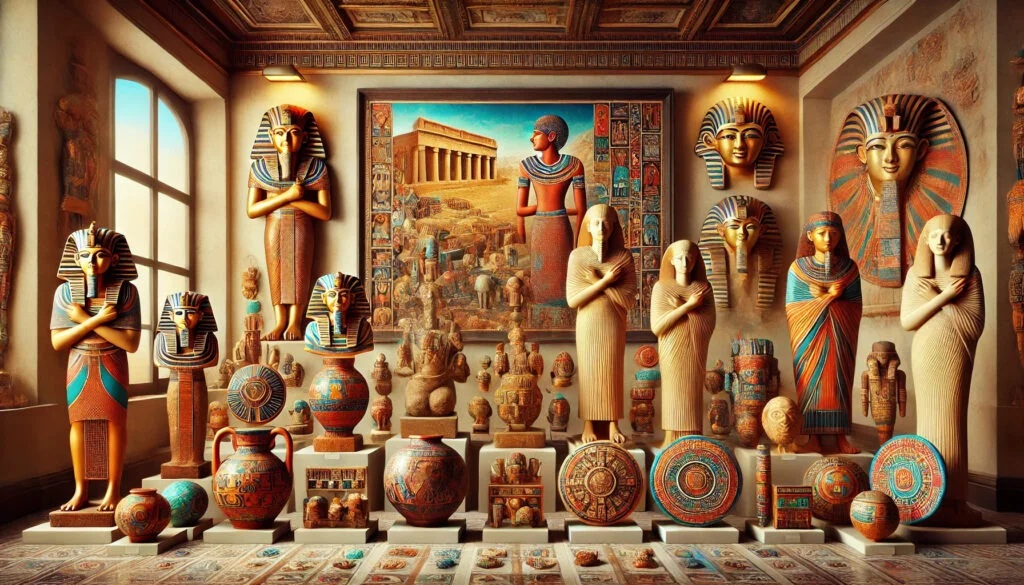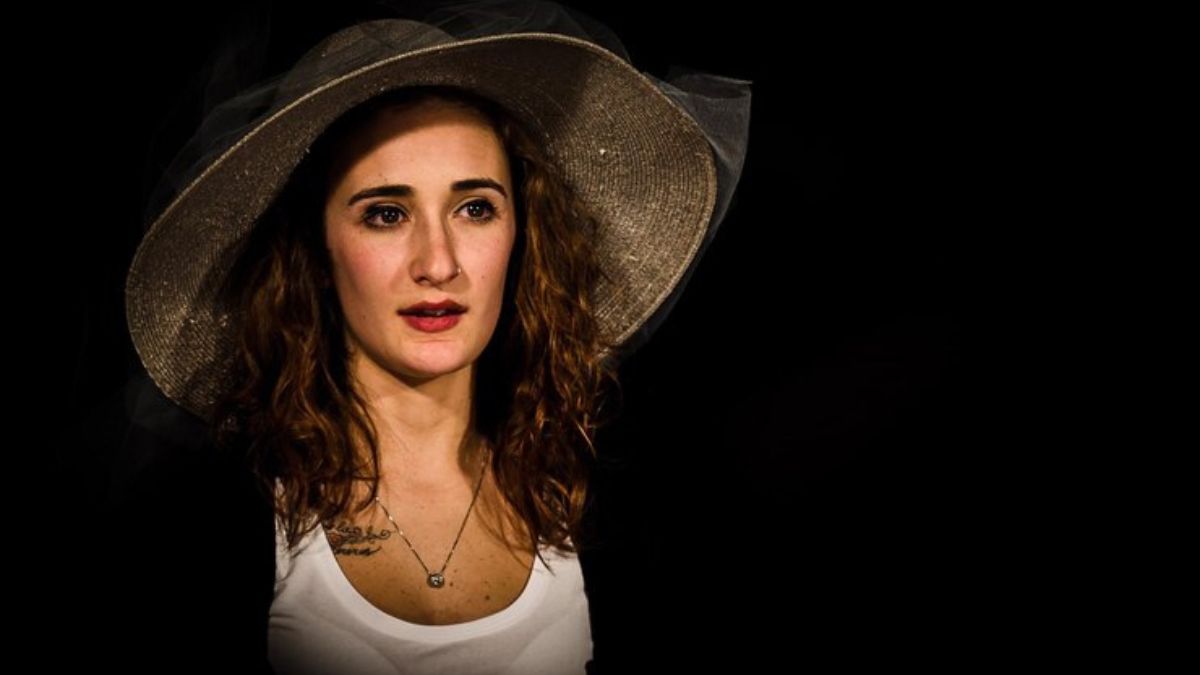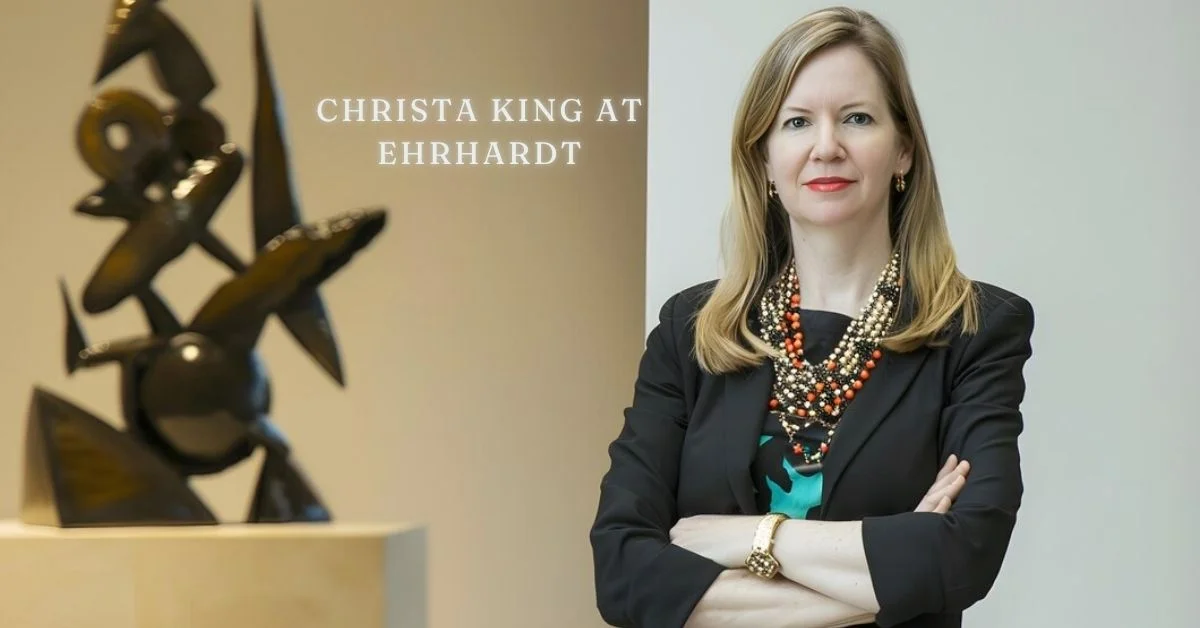The story of ancient art is as vast and varied as human history itself. Ancient art takes us back to a time when people used the world around them as their canvas, painting on cave walls, molding clay, or chiseling stone to express their existence, beliefs, and dreams. This early form of art holds clues to humanity’s most ancient thoughts, emotions, and ways of life. Despite the simplicity of tools available, early humans exhibited remarkable creativity, laying the groundwork for artistic traditions that span across continents and centuries.
Ancient art offers us a window into cultural practices, spiritual beliefs, and societal structures that define our common history. As we uncover these artworks, the findings speak volumes about how deeply rooted our need for expression and identity is. Let’s dive into the depths of ancient art and examine its far-reaching impact on history, culture, and the ways we still view art today.
What is Ancient Art?
Ancient art encompasses all forms of art produced in early civilizations across different periods, typically spanning from the Upper Paleolithic period (approximately 40,000 years ago) to the early centuries of the Common Era. The scope of ancient art includes cave paintings, sculptures, pottery, textiles, metalwork, and other mediums that capture early human creativity.
These artistic creations vary greatly in purpose and style. Many were created for spiritual and ritualistic purposes, while others served as documentation of daily life. The tools and techniques employed also varied widely depending on the geographical location, available resources, and cultural context. Despite these differences, ancient art shares a common goal of communicating and preserving stories, emotions, and beliefs.
The Origins of Art in the Paleolithic Period
One of the oldest forms of human art can be traced back to the Paleolithic period, where early humans first ventured into visual expression. The iconic cave paintings in Lascaux, France, and Altamira, Spain, feature scenes of animals, human figures, and geometric designs. The pigments were often made from ground minerals like iron oxide, creating striking red and ochre tones that remain visible today.
Paleolithic art often reflected aspects of survival, such as hunting scenes, which suggest its importance as a ritualistic tool. Experts theorize that these images may have been painted as part of hunting rituals or as a way to manifest successful hunts. The materials used were basic yet innovative: natural pigments mixed with animal fat or saliva and applied with fingers, brushes made of animal hair, or even hollow bones for spray painting. These techniques not only highlight the adaptability of early humans but also provide insight into their connection with nature.
Art of the Neolithic Era
With the advent of the Neolithic period came a transition from hunter-gatherer societies to settled agricultural communities, leading to notable changes in artistic expression. As people developed farming, they also created more permanent art forms, often tied to practical objects like pottery and tools. Unlike Paleolithic cave art, Neolithic art incorporated geometric patterns and symbolic designs, often with a greater emphasis on the human figure and depictions of community life.
Pottery from this period, especially in regions like the Middle East, was decorated with elaborate patterns, showing not just utility but an appreciation for aesthetic detail. Clay figurines also became popular, often symbolizing fertility and nature, reflecting the spiritual and cultural shifts of the time.
Ancient Egyptian Art
Ancient Egypt is one of the most recognized cultures for its distinct art, which includes monumental architecture, intricate jewelry, and vivid paintings. Egyptian art is characterized by its strict adherence to a set of artistic conventions and symbolism, often featuring deities, pharaohs, and scenes of the afterlife.
The art was created not merely for decoration but to serve a spiritual purpose—each statue, painting, or hieroglyphic text was carefully crafted to ensure the deceased’s journey to the afterlife was successful. From the Great Pyramids and the Sphinx to elaborate tomb paintings in the Valley of the Kings, Egyptian art emphasizes balance, symmetry, and divine order.
Mesopotamian Art: The Birth of Civilization
The cradle of civilization, Mesopotamia, is known for its remarkable artistic achievements. Art from this region, including sculptures, pottery, and relief carvings, often depicts gods, kings, and scenes of conquest. The art reflects the complex hierarchy and religious practices of Mesopotamian societies.
Artifacts such as the Code of Hammurabi, an ancient legal text inscribed on a stone stele, are as much art as they are historical documents, illustrating the relationship between law, power, and artistry. Mesopotamian ziggurats, the massive structures that served as temples, are another testament to the architectural ingenuity and religious devotion of this ancient culture.
Art of the Indus Valley Civilization
The Indus Valley civilization, spanning modern-day Pakistan and northwest India, left behind impressive art forms, from detailed pottery to intricately carved seals and statues. The seals, often featuring animals and mythical beings, suggest a sophisticated society with a symbolic language that may have held both economic and spiritual importance. The terra cotta figurines found in Harappa and Mohenjo-Daro, as well as the infamous bronze statuette of the Dancing Girl, highlight the culture’s appreciation for human beauty and skill.
Ancient Chinese Art and Calligraphy
Ancient China’s artistic legacy is rich and multifaceted, encompassing calligraphy, pottery, jade carvings, and bronze casting. The development of calligraphy, seen as a reflection of one’s moral integrity, became an esteemed art form with deep philosophical and spiritual significance. From the Zhou Dynasty’s intricate bronzeware to the Qin Dynasty’s Terracotta Army, Chinese art showcased advanced techniques and a focus on harmony, nature, and respect for ancestors.
The Art of the Mayans and Mesoamerican Cultures
In Mesoamerica, the Mayans, Aztecs, and Olmecs developed complex societies marked by remarkable artistic achievements. Mayan art, seen in temple reliefs, pottery, and wall paintings, often depicted elaborate rituals, gods, and cosmology. The Maya were especially skilled in creating large stone sculptures that narrate the lives of their kings and gods. Aztec art, known for its dramatic representations of their gods, emphasizes the role of ritual and sacrifice in their society.
Greek Art: Sculpting the Human Form
The Greeks mastered the art of sculpture, producing some of history’s most celebrated statues. Greek art evolved from the rigid forms of the Archaic period to the fluid, lifelike expressions of the Classical and Hellenistic periods. Artists like Phidias and Praxiteles created sculptures that celebrated human beauty and movement, with works like the Venus de Milo and the Winged Victory of Samothrace. Greek art’s influence on Western aesthetics, especially its emphasis on proportion and idealized human forms, is immense.
Roman Art and Architectural Innovations
The Romans built upon Greek art traditions, creating works that were both grand and practical. Roman art focused on realism and often depicted emperors, battles, and everyday life with remarkable detail. They excelled in engineering as well, constructing iconic structures like the Colosseum and aqueducts, which showcase their skill in blending functionality with artistic flair.
Ancient African Art
African art, particularly rock art from the Sahara and ancient sculptures, tells a rich story of cultural identity, spirituality, and history. From the rock engravings of the San people to the sculptures of the Nok civilization, African art has a unique aesthetic and symbolic value. Masks and statues in African societies often played an essential role in rituals and storytelling, serving as conduits between the physical and spiritual worlds.
Conclusion
Ancient art reveals the creative expressions, beliefs, and lifestyles of our ancestors. Through each artwork, whether it’s a cave painting, a stone sculpture, or a carved seal, we gain insight into the minds of early humans and their relationship with the world around them. These creations laid the foundation for artistic traditions that continue to influence modern art, affirming the timeless nature of human creativity and the desire to leave a mark on the world.
FAQs
What is considered ancient art?
Ancient art typically refers to art created from the Paleolithic period (around 40,000 years ago) up to the early centuries of the Common Era. It includes a wide range of forms like cave paintings, sculptures, pottery, and early architecture created by early civilizations such as the Egyptians, Greeks, Romans, Mesopotamians, and Mayans.
Why did early humans create art?
Early humans created art for various reasons, including ritualistic or religious purposes, storytelling, and as a means to express their understanding of the world. Many ancient art pieces, like cave paintings and statues, reflect a connection to nature, spirituality, and social hierarchy, indicating that art was often intertwined with culture, spirituality, and survival.
What are some examples of famous ancient art?
Some well-known examples include the cave paintings at Lascaux in France, the Pyramids of Giza in Egypt, the sculptures of the Parthenon in Greece, the Terracotta Army in China, and the stone statues on Easter Island. These works continue to captivate people with their scale, intricacy, and historical significance.
How was ancient art preserved for so long?
Ancient art has been preserved through natural means (such as burial, dry climates, and sealed tombs) as well as through archaeological efforts that excavate, conserve, and restore art pieces. Certain materials like stone, clay, and metals have proven to be more durable, preserving their form and details over thousands of years.
What tools did ancient artists use?
Ancient artists used tools made from natural materials such as stone, bone, wood, and metal. For painting, they used pigments made from minerals, charcoal, and even animal fats, which they applied with hands, brushes, or simple tools. Carving tools, chisels, and early metalworking tools were also essential, particularly in later civilizations.
How did ancient art influence modern art?
Ancient art has had a profound influence on modern art, especially during the Renaissance, when artists sought to rediscover and replicate the techniques and ideals of ancient Greek and Roman art. Ancient themes, styles, and symbolism continue to inspire artists today, and many contemporary art movements, such as primitivism, look to ancient art for its simplicity, raw expression, and cultural depth.


 Blog4 months ago
Blog4 months ago
 Life style4 months ago
Life style4 months ago
 Tech5 months ago
Tech5 months ago
 Tech5 months ago
Tech5 months ago
 Life style5 months ago
Life style5 months ago
 News5 months ago
News5 months ago
 Tech5 months ago
Tech5 months ago
 Blog5 months ago
Blog5 months ago


